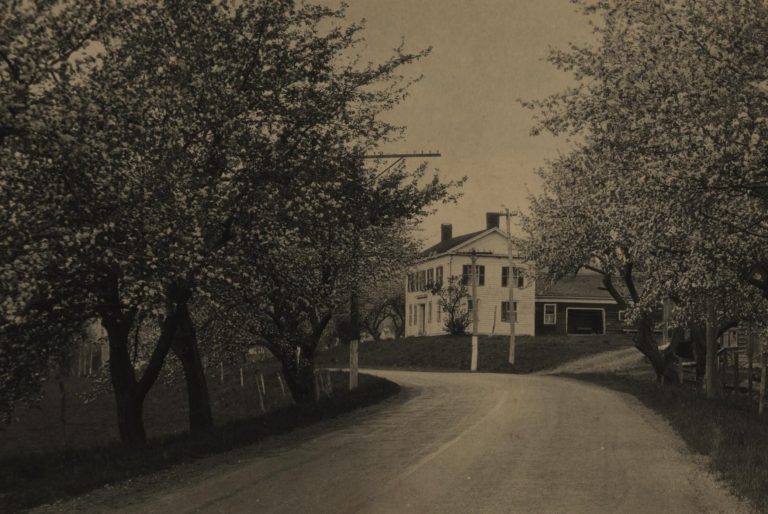A Brief History of the town of Richmondville
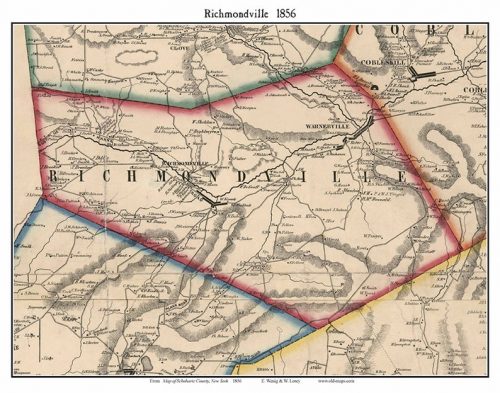
The town of Richmondville, NY encompasses 30.2 square miles in western Schoharie County. With a sweeping valley floor at an elevation of 920 feet along the Cobleskill Creek, the hillsides soar to 2,160 feet along the southeastern corner of the town along its boarders with the towns of Summit and Fulton.
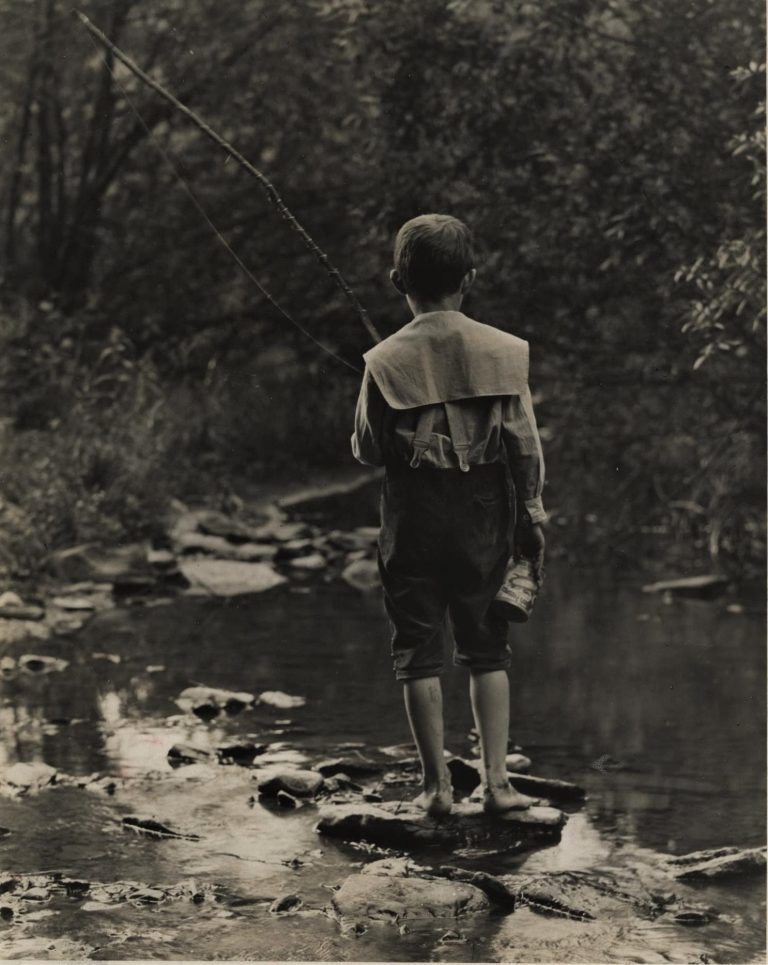
In addition to the village of Richmondville, the town includes several smaller communities and hamlets within its borders, including Bear Gulch, Bears Hollow, Brooker Hollow, Warnerville, and West Richmondville.
The recorded history of the town of Richmondville began with the arrival of its first European settlers, George Warner and John Zea, in the mid-1700s. Emigrating from Germany, both Warner and Zea settled in the area known today as Warnerville.

For many years, the present day hamlet of Warnerville was known as “Mann’s Valley” after the family of Schoharie’s Captain George Mann moved to the area in 1786.
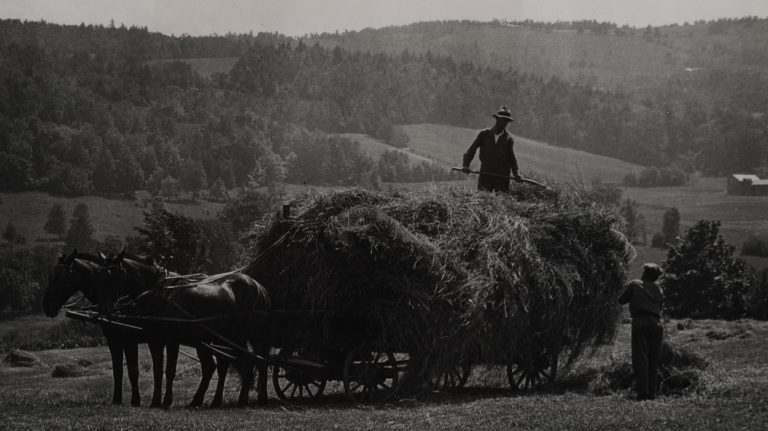
The town of Richmondville was officially formed from a part of the town of Cobleskill by an act of the state legislature on April 11, 1849. In 1851, the town added a small portion of territory from the town of Seward, establishing its present day boundaries.
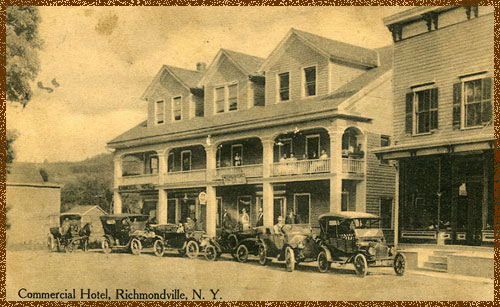
The village of Richmondville was incorporated in 1881.
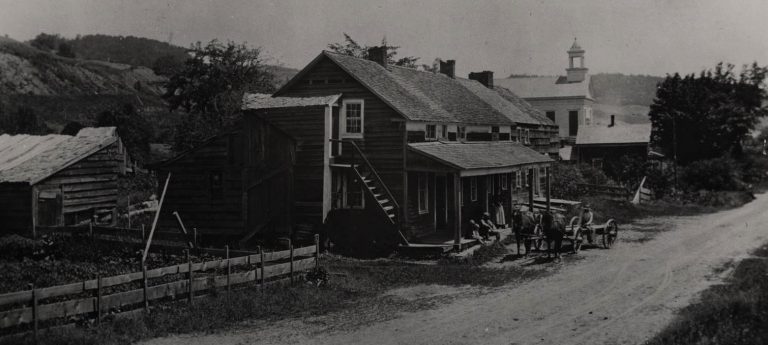
Richmondville was the sixteenth and last town to be established in Schoharie County and adopted its name in honor of John Richmond, an early postmaster. In the early days, mail was postmarked “Richmond Ville” and the two words were eventually combined. When the village was created in 1881, it also took on the name “Richmondville”.
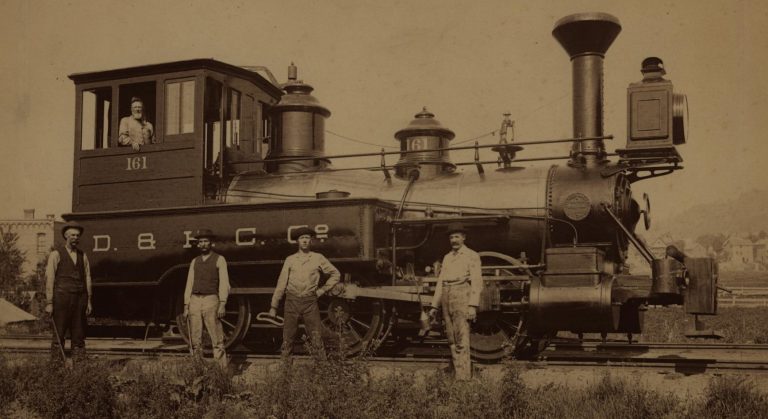
On July 4, 1834, the D & H Railroad was completed, connecting the rural community to markets and resources previously beyond its reach. This connection, combined with the building of dams at the Bears Gulch and Fancher reservoirs, allowed for the construction of six large and well equipped mills to be built and for a larger community to grow and prosper.
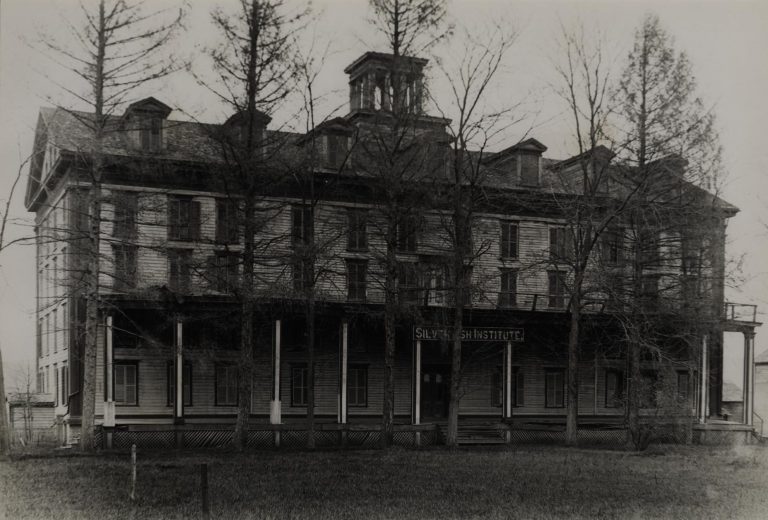
1865 brought the development of Depot Street, the construction of a paper mill, a school building and a plank stairway from the Paper Mill Bridge to the depot.
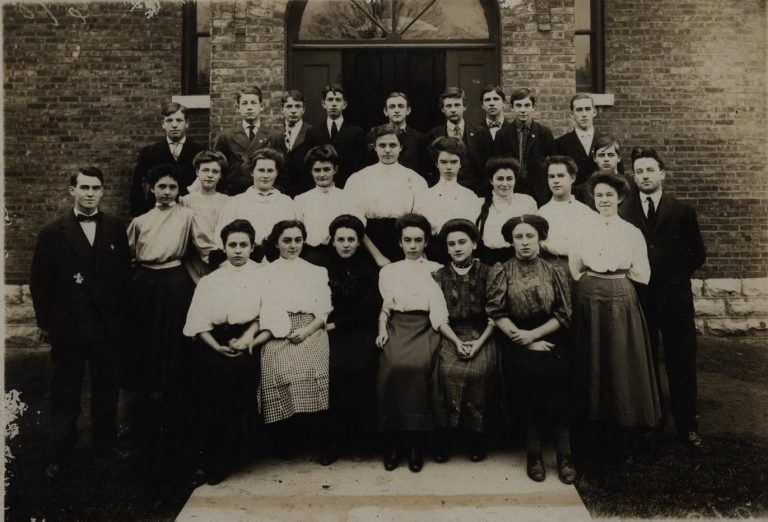
By 1870, the population of the town had grown to more than 2,300, with 12 school districts serving more than 700 enrolled students.
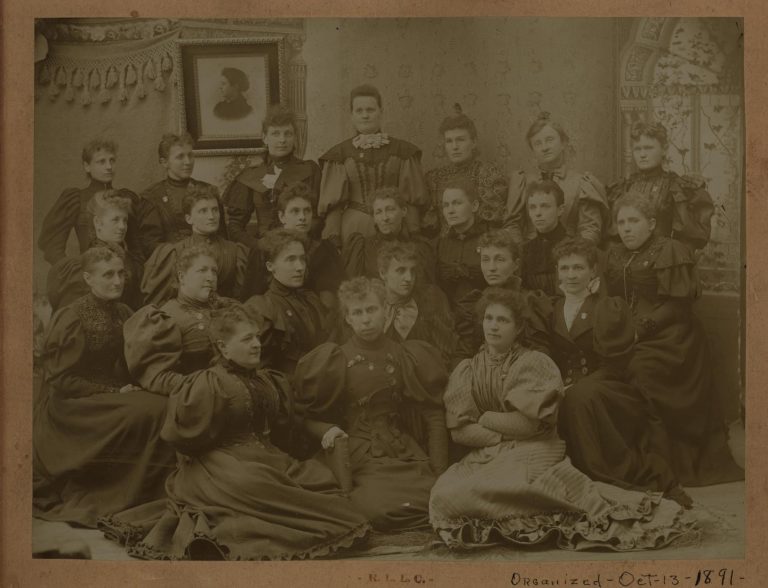
Judge John Westover contributed greatly to the development of the village and built several buildings around the park, including the impressive Westover Hotel.
Learn more about the history of the Westover Hotel here.
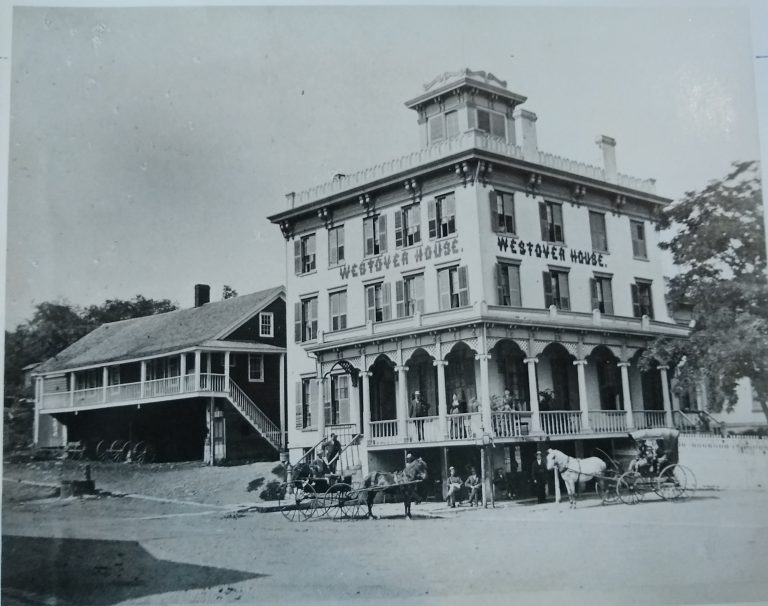
Westover founded The Bank of Richmondville on April 1, 1881 and numerous other businesses sprouted up along Depot Street bringing a growing number of conveniences and services to residents and those passing through the transportation crossroad.
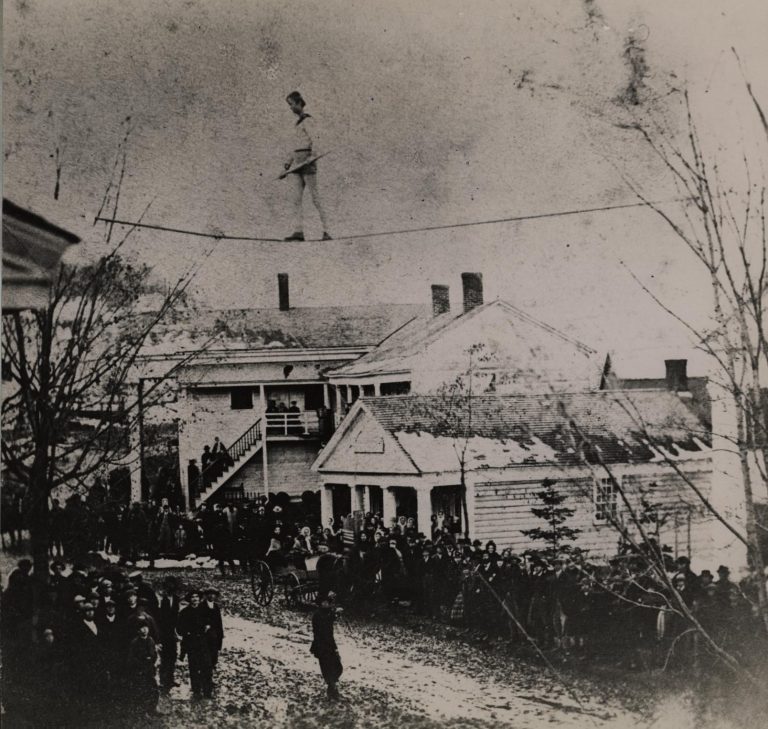
The population of Richmondville peaked in the 1870s with steady declines persisting through the end of WWII. Lowering population numbers can be attributed to the decline in rail commerce, major transportation bypasses, and the increased ability for people to drive further for necessary goods and services.
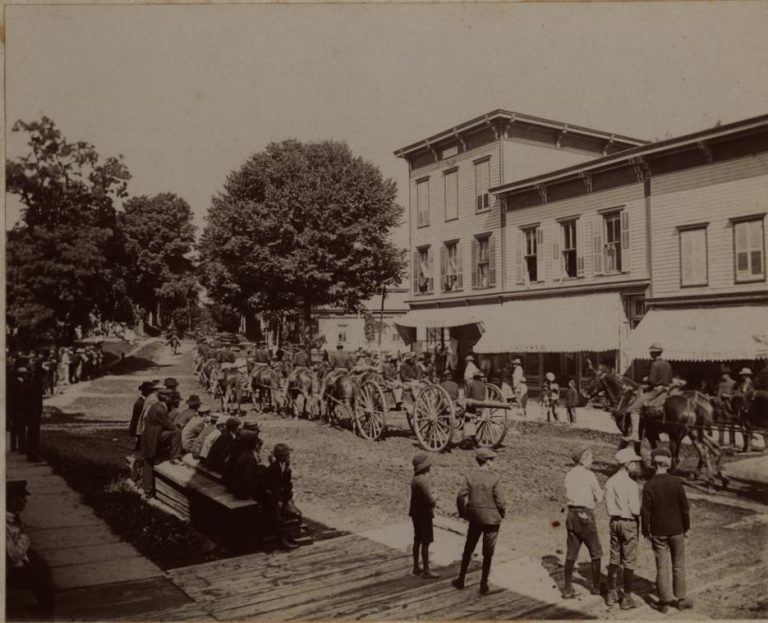
Today, Richmondville is on the rise again, with an increasing population of those seeking escape from more metropolitan areas and a growing desire to experience small town living. Transportation via I-88 to the larger communities of Oneonta, Cobleskill, and Albany have also made the town an attractive location for those looking for a slice of the quiet life.
